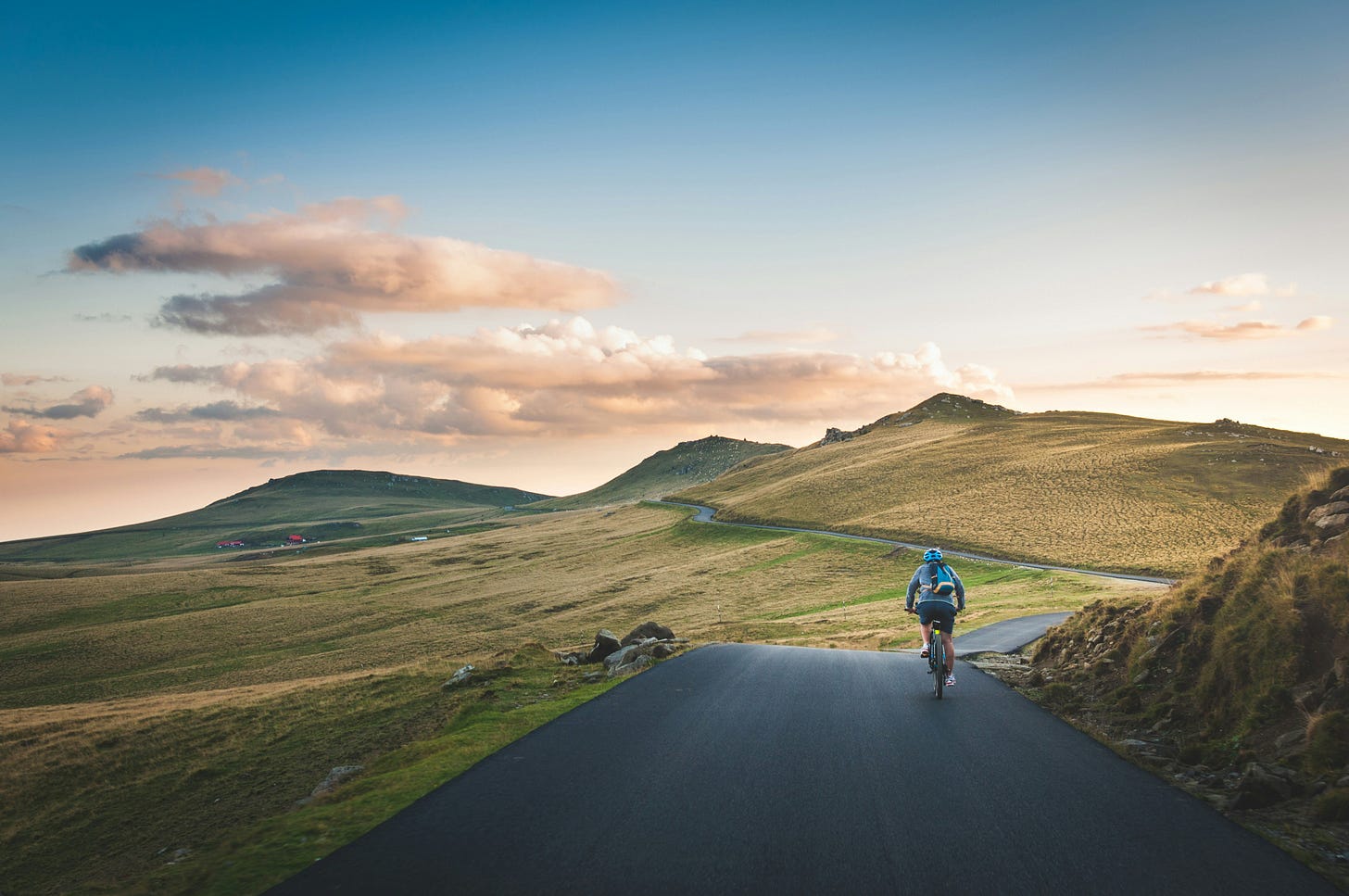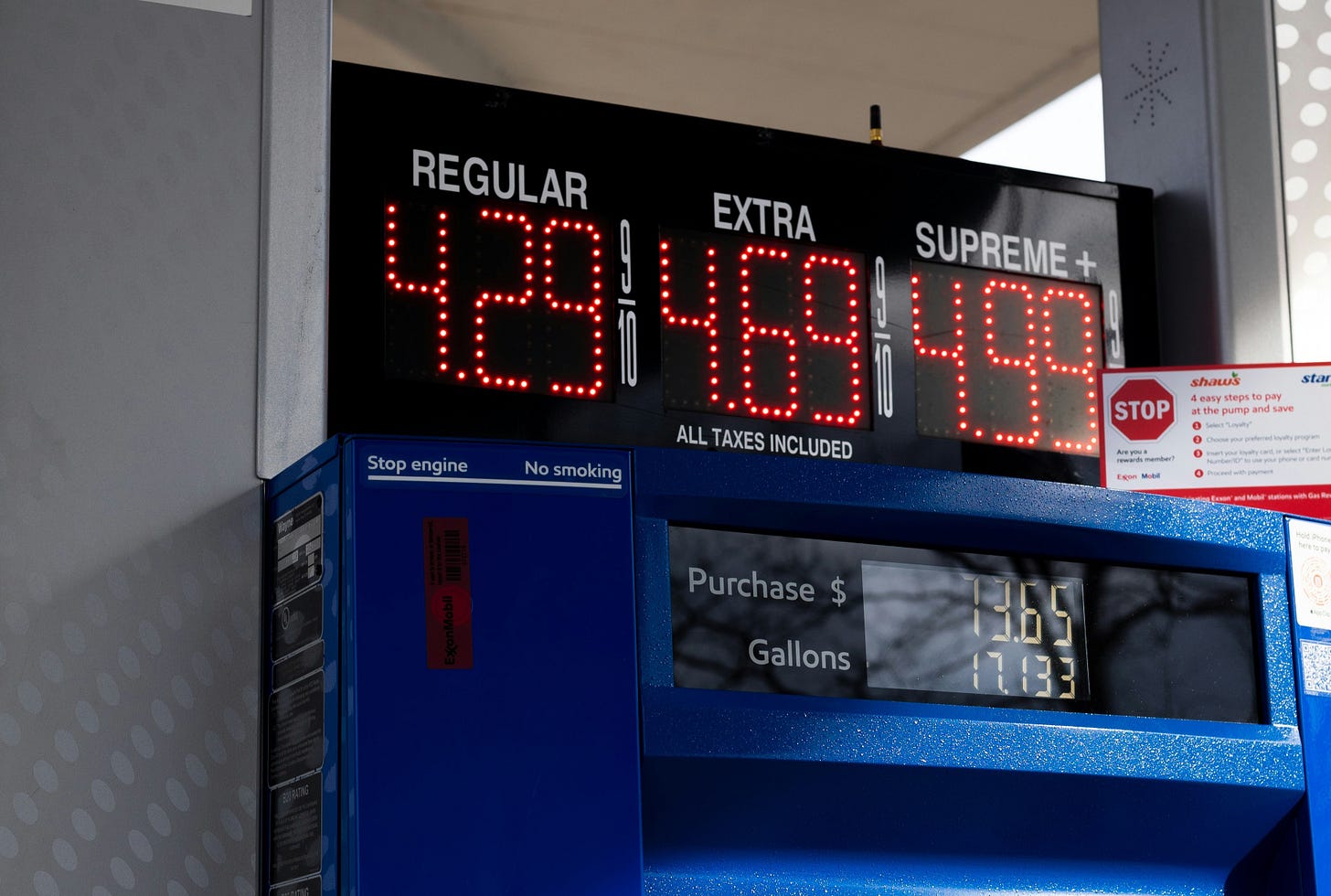2024 Outdoor Participation Report
If you've noticed a change in how often you're heading outdoors, you're not alone.
The 2024 Outdoor Participation Report from the Outdoor Industry Association revealed a concerning trend: more Americans are getting outside, but they’re not doing it as often.
As both an outdoorsman and a brand strategist, I’ve seen firsthand how this industry is evolving and I think it’s important to remember that behind these numbers are real people with real motivations and constraints. These people are changing the outdoor industry, and in turn impacting real people that work at all levels within the brands, service organizations and entities that make up the outdoor industry.
This deep dive isn’t just about data; it’s about understanding why people are pulling back and how brands MUST (not should) adapt to meet these changing needs.
Ignoring these insights means risking the very future of outdoor consumerism.
The TLDR:
Increased Participation:
175.8 million Americans participated in outdoor activities in 2023, a record high, driven by a more diverse demographic including significant growth among Black, Hispanic, female, and senior participants.
Declining Frequency:
Average outings per participant dropped dramatically from 70.5 in 2022 to 62.5 in 2023, impacting sales and revenue for outdoor brands and services.
Economic Pressures:
Rising inflation and the cost of living are causing consumers to prioritize essential expenditures over leisure activities, further reducing outdoor engagement.
Casual Participants:
There is a growing number of casual participants who engage in outdoor activities infrequently. This segment of outdoor consumers is growing faster than traditional “hardcore” consumers.
Adaptation Strategies:
Both product-focused and service-based businesses should focus on creating accessible, affordable, and versatile offerings. Building community, enhancing digital presence, and providing personalized experiences are key to engaging both casual and core outdoor enthusiasts.
If you’re busy, feel free to get back to work.
If you have time to read more, let’s dive in a little deeper.
The Good News:
In 2023, the outdoor industry experienced a notable increase in participation, with the number of Americans engaging in outdoor activities growing by 4.1%. This brought the total to a record-setting 175.8 million participants, representing 57.3% of the U.S. population aged six and older.
This surge in participation was driven by a more diverse demographic, with significant increases among Black and Hispanic individuals, whose participation rates grew to 10.3% and 13.4%, respectively. Additionally, the female participation rate reached 51.9%, up from 50% in 2022. Seniors also showed a marked increase in participation, with the rate for Americans aged 65 and older rising from 28.8% in 2019 to 39.5% in 2023.
There were also 7.7 million Americans who tried one or more outdoor activities for the first time in 2023, contributing to the overall growth and diversity of the outdoor recreation participant base.
The Bad News:
The 2024 participation report also presented a more concerning trend: while more people are participating in outdoor activities, they are doing so less frequently.
Looking back over the last decade, outdoor participation was on a downward trend from 2012 through 2018; 87.4 down to 66.9 Average Outings per Participant, respectively. However, the pandemic turned that trend on its head with increasing participation year over year between 2019 to 2021 bringing the average back up to 75.6 average outings per participant.
2022 was the first year of declining participation since 2018 as the industry started to see the initial cool off from the height of the pandemic consumer trends.
If 2022 was a warning, 2023 data sent many brands into a downward spiral.
Average outings per participant dropped by eight full outings per participant (70.5 in 2022 to 62.5), the greatest drop in year over year participation we’ve seen since this data has been collected.
No matter which way you look at it this drop is dramatic, and translates to a substantial shift in outdoor industry economics.
Imagine a community of 175.8 million outdoor enthusiasts, each reducing their outdoor activities by 8 trips (over one fewer week) than the year before.
At an individual level, this might seem like a good thing as you’ll be met with emptier campgrounds, less crowded hiking trails and less pressured fishing spots.
But for brands that rely on repeat purchases, less frequent engagement translates to fewer purchases of gear, apparel, and accessories.
For parks and recreational facilities, fewer visits mean reduced revenue from admissions and associated services.
Reduced revenue for outdoor brands means budget cuts, restricted offerings, and layoffs. All of which come back around to negatively impact consumers.
Understanding the Shift in Behavior
Clearly the outdoor industry is at a pivotal point. While the increase in participation is encouraging, the decline in frequency poses significant challenges and brands must be proactive to address these changes in order to survive.
During the pandemic, people flocked to parks, trails, and outdoor spaces as a way to escape the confines of their homes, find solace in nature, and maintain physical and mental health. Many picked up new hobbies and spent additional income on outdoor gear and supplies, picking up an industry that was on a stagnant at best decline.
However, as life gradually returned to a new normal in the post-pandemic era, the motivations driving outdoor participation have also evolved. Other commitments and interests are now pulling people away from outdoor activities. The convenience of digital entertainment, the reopening of indoor recreational facilities, travel and the resurgence of urban social activities are now competing with outdoor recreation. Consumers are exploring a broader range of leisure options, leading to less frequent outdoor engagements.
Economic Pressure
The current state of the economy also plays a significant role in this shift. The June 2024 Consumer Price Index (CPI) report highlights that inflation has been steadily rising, with the overall CPI increasing by 3.0% over the past year.
Essential categories like food and energy have seen substantial cost increases, straining household budgets. As a result, many consumers are prioritizing essential expenditures over leisure activities. The rising cost of living means that discretionary spending on outdoor gear, travel, and experiences has become more constrained.
Welcoming a New Wave of Casual Participants
Outdoor brands must recognize that the traditional "hardcore" outdoor enthusiasts are now being supplemented by a growing number of casual participants.
Who are Casual Participants?
Casual participants are those who engage in outdoor activities less frequently and with less intensity than hardcore enthusiasts. According to the 2024 Participation Report, there has been a significant increase in the number of participants who engage in outdoor activities 1-3 times per year.
This group might include families looking for a weekend adventure, urban dwellers seeking occasional escapes, or individuals new to outdoor activities who are still exploring their interests.
These consumers are more likely to prioritize affordability, convenience, and versatility in their gear choices.
Balancing Core with Casual
The 2024 report shows a decrease in the number of core participants, defined as those who engage in outdoor activities 51 times or more annually, down from 99.4 million in 2019 to 88.4 million in 2023.
For Product-Based Businesses:
To appeal to casual participants participating less frequently, brands need to focus on developing products that are both affordable and versatile as high-end, specialized equipment can be intimidating and financially out of reach for those who are not yet deeply committed to outdoor pursuits. By offering gear that serves multiple purposes and is accessible to a wider audience, brands can lower the barrier to entry for new and casual participants.
For example, a multi-purpose jacket that works for hiking, camping, and casual wear can attract a broader customer base than a jacket designed exclusively for high-altitude mountaineering.
Similarly, modular gear systems that allow consumers to add or remove components based on their needs can provide flexibility and value.
Brands should also consider offering a range of products that cater to varying levels of engagement and budget constraints. Entry-level products can serve as an introduction to the brand, building trust and loyalty over time. As consumers become more engaged and knowledgeable, they may progress to higher-end products within the same brand.
For Service-Based Businesses:
Service-based businesses need to adapt by offering more flexible and affordable packages that cater to casual participants. This could include shorter trips, group discounts, and introductory experiences that make outdoor activities more accessible to newcomers.
Education and community are two pillars that will also support the casual or entry level outdoor consumer. Hosting workshops and clinics that teach outdoor skills and safety can attract both new and experienced participants. These educational sessions can help build confidence and knowledge, encouraging more frequent participation. Fostering a sense of community through events, social media, and partnerships with local organizations will also help build loyalty.
We are in a new era of consumerism where the hardcore consumer isn’t the only one on the trail. Brands need to open up and welcome the casual consumer into their tents, as they now hold more spending power than years past.
The core consumer will likely return, but for now… brands can’t be casual about embracing casuals.
Conclusion
The outdoor industry is facing an unprecedented shift in both participation and motivation reflecting how people are interacting with the outdoors. However, amidst these challenges, there are bright spots that offer hope and opportunity for the industry.
The outdoor participant base is still growing and becoming more diverse, which broadens the appeal and accessibility of outdoor activities, making the outdoors a more inclusive space.
The shift towards more casual engagement also offers new avenues for brands to connect with their consumers. Social media, e-commerce, and digital platforms provide powerful tools for reaching and engaging with consumers who love the outdoors, even if they can't prioritize it like they did during the height of the pandemic.
As we look to the future, it is imperative that the outdoor industry continues to evolve. The integration of digital and physical retail experiences, advancements in innovative product designs, and the continued focus on maintaining strong consumer-brand relationships will be crucial.
If brands can meet the changing needs of their audience, they have the chance to seize new opportunities presented by a more diverse and engaged consumer base.







